
Is Argentina’s GD35 Bond Lagging Behind Its Counterparts?
📉 In comparative simulations across various yield scenarios (TIR), the GD35 consistently shows less potential price appreciation compared to GD38 and GD41.
⚖️ While GD35 has a higher coupon than GD41, it lacks features like earlier amortization start and Indenture 2005, which are present in GD41.
❌ Based on a multi-factor analysis (excluding personal bias), the GD35 is considered less attractive than other similar sovereign bonds like GD41 and GD38.

Why This Argentine Global Bond Might Outshine Its Peers
🗽 GD41 offers exposure to Argentine sovereign debt under New York Law and includes Indenture 2005 protections, features not universally present in other globals.
💲 Despite potentially superior legal protections, GD41 has traded cheaper (lower price/higher yield) than its Ley Local equivalent (AL41), presenting a potential value opportunity.
📉 Compared to GD35, GD41 is preferred due to factors like earlier amortization, Indenture 2005, and lower initial parity, potentially offering better recovery in adverse scenarios despite a weaker coupon.

The Underdog Provincial Bond Favored Over Sovereigns
📊 The ratio of BA37 to AE38 (sovereign bond) is near historic lows, suggesting a potential relative value trade for aggressive investors aiming for nominal gains.
🤝 Despite being a provincial bond (Buenos Aires), it benefits from political alignment between ruling parties (PRO/LLA) within the province, potentially reducing political risk.
📜 Key features like Indenture 2005, smaller issuance size, and favorable capital repayment schedule make it a preferred choice over other sovereign options for some analysts.

Albanesi’s High-Wire Act: 70% EBITDA Growth vs Looming Default Risk
📈 Grupo Albanesi reported a significant 70% year-over-year increase in EBITDA, showcasing operational progress.
⚠️ The company faces a critical risk of missing deadlines for delivering energy to Camesa, potentially incurring a $30 million fine if an extension isn't granted.
⚖️ Despite being in the robust energy sector, the investment hinges on Camesa's discretionary decision regarding deadline extensions, creating significant uncertainty.
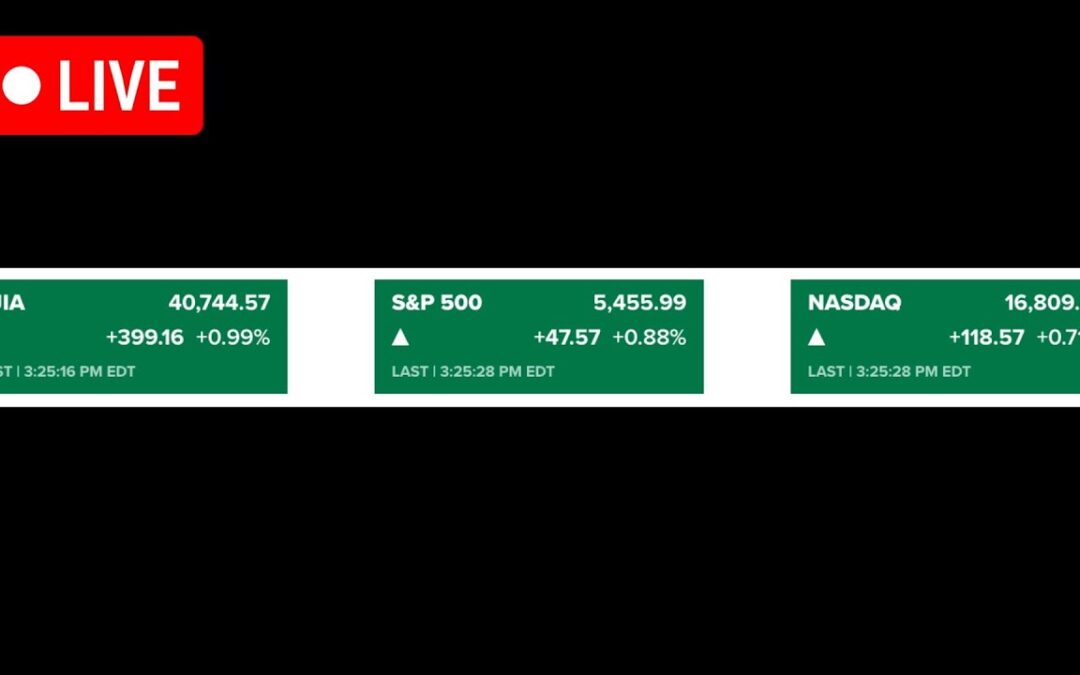
First Solar Dims: Guidance Cut and Cash Flow Concerns Emerge
📉 First Solar revised its full-year guidance downwards, particularly impacting operating income and EPS, citing tariff implementation.
☀️ Despite reporting positive net income per share ($0.96), the company generated significant negative free cash flow (-$800 million) in the quarter.
💸 Persistent cash burn raises concerns, as high capital expenditures consistently outweigh operating cash flow, questioning long-term sustainability without external funding or operational improvements.
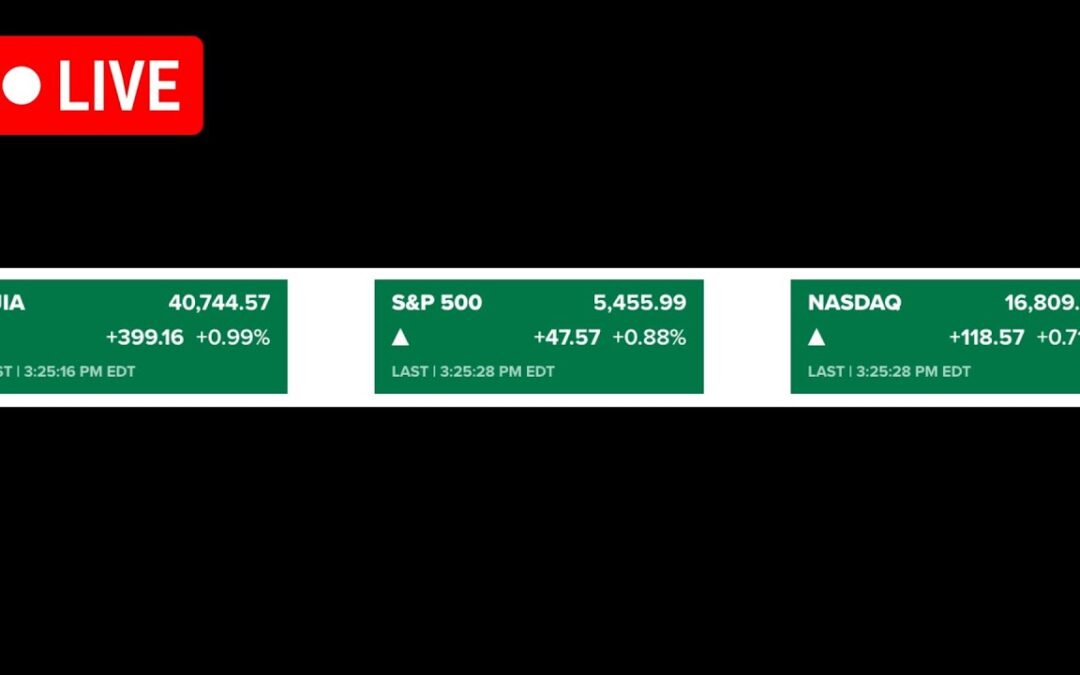
Snapchat’s Snap Back: User Growth Impresses, But Can It Turn Profitable?
👥 Strong user growth continues, surpassing 900 million monthly active users, indicating sustained platform relevance.
📈 Revenue grew 14% year-over-year, losses narrowed significantly, and adjusted EBITDA, operating cash flow, and free cash flow showed improvement.
⚠️ High stock-based compensation remains a major drag on actual profitability, turning positive operating cash flow negative when accounted for.
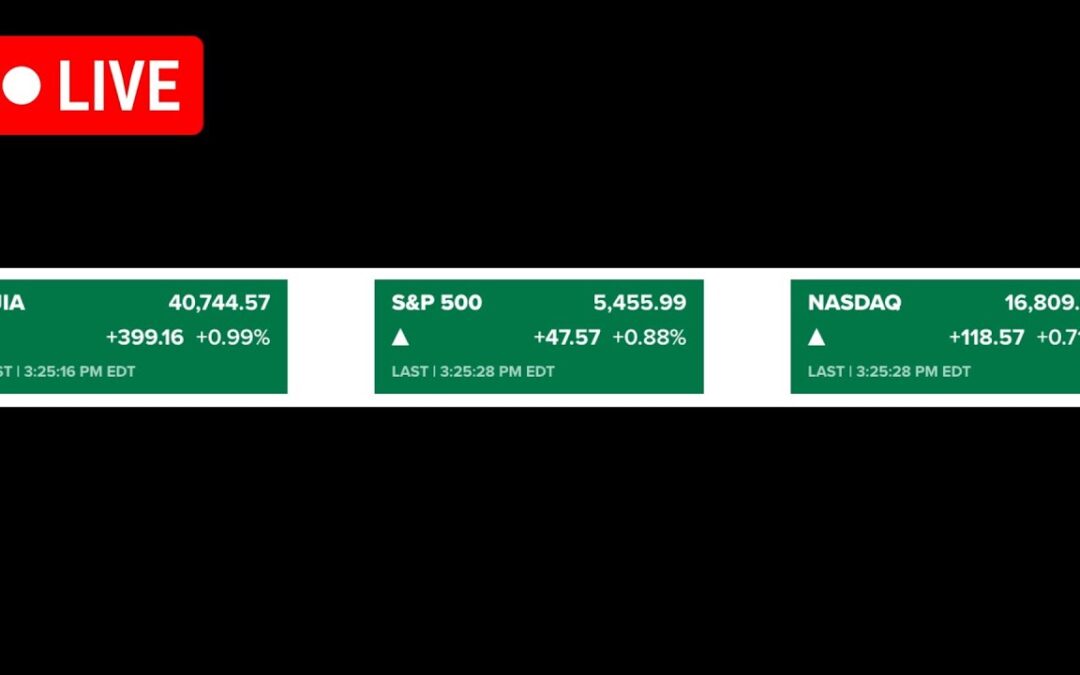
Booking Holdings: Undervalued Travel Giant Ready for Takeoff?
💸 The stock appears attractively valued, trading at a forward P/E of 23 with revenue growing at 11% and a strong ROIC.
🔒 Booking operates as a quasi-monopoly or oligopoly in the online travel agency space, providing a strong competitive advantage.
📊 Fundamentals are solid with minimal debt (less than 0.5% D/E ratio) and consistent share buybacks, returning value to shareholders.
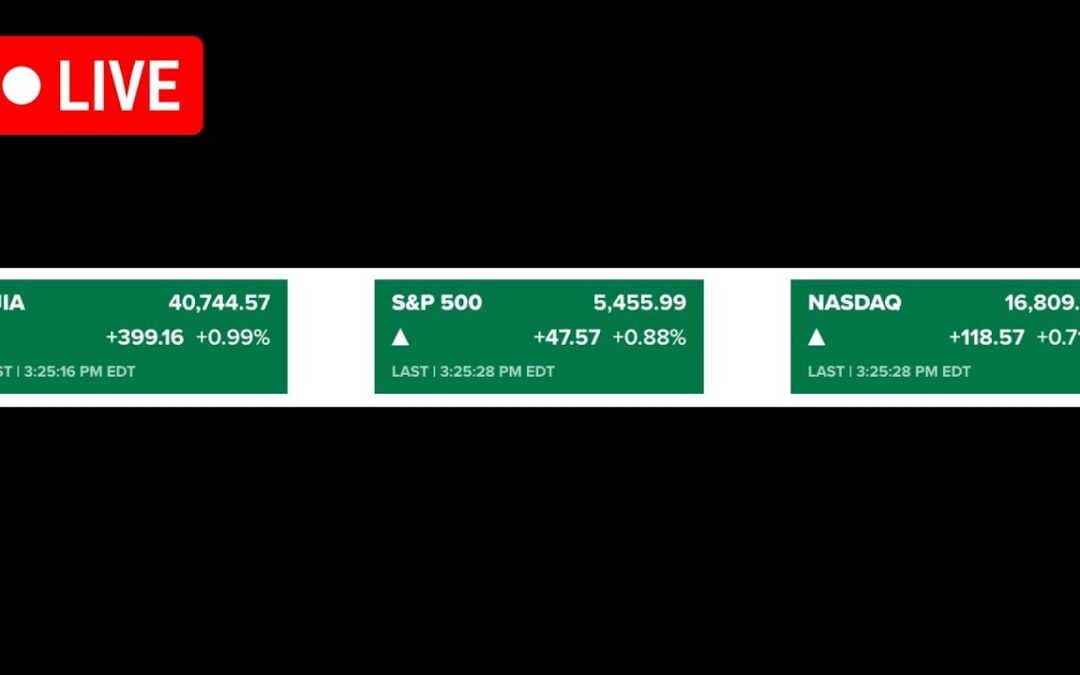
Nvidia’s AI Boom: Still a Buy Despite High Valuation?
📈 Nvidia is positioned as a key beneficiary of the AI and Big Data Center buildout, potentially leading the technological "cold war".
💰 Despite trading significantly below its highs, the valuation is still debated, currently around 24 times forward earnings.
🚀 While triple-digit revenue growth may not sustain, even a slowdown to 20-45% growth could justify the current valuation given its market dominance.
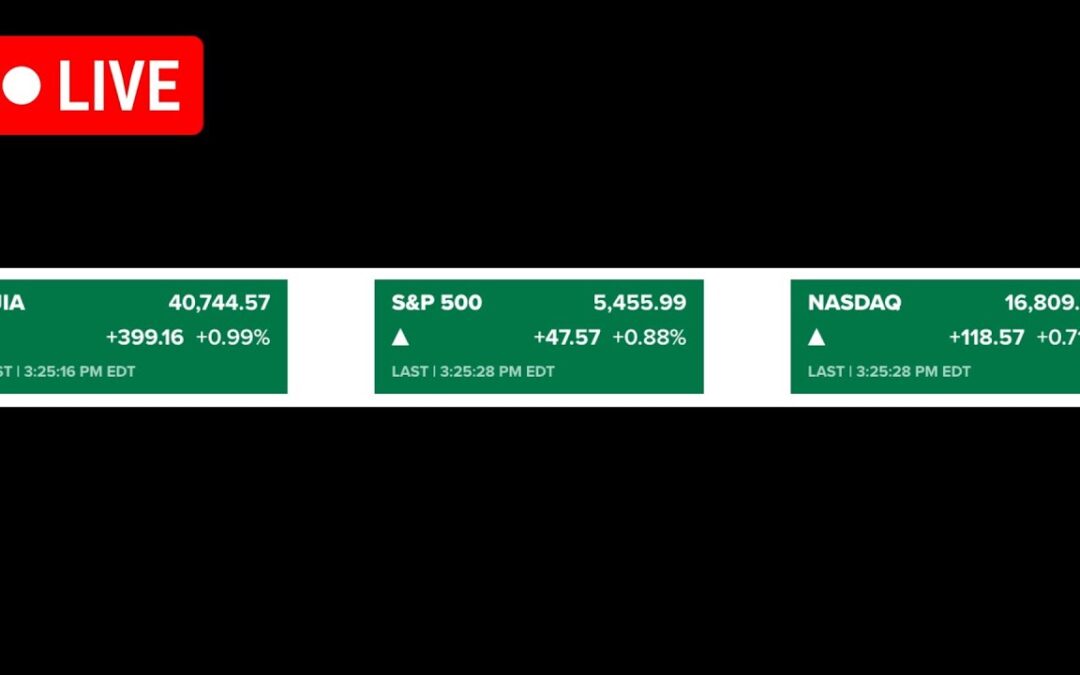
Starbucks Brews Trouble: Earnings Disappoint Amid Rising Costs
📉 Earnings revealed slowing growth, with comparable store sales down 1% in the US and flat in China, alongside only 2% overall revenue growth.
☕ Margin compression is significant, with operating income falling 35%, likely due to rising coffee future prices and increased store opening expenses.
🤔 Questions arise about Starbucks' competitive moat, as the premium coffee experience seems replicable, and rising costs challenge profitability, potentially leading to market share loss.

China ETF (FXI) Stalls: Waiting for the Next Move
⏳ The ETF has been trading sideways for several days after an upward move, failing to continue its ascent.
📉 Key support is identified around the 31-31.50 level, coinciding with the moving average.
📈 While the daily chart shows stalling, the weekly chart remains potentially bullish; a drop to support followed by a bounce is a possible scenario.


